Linked below are selected publications by Dr. John Kasarda addressing the basics of airport city and aerotropolis planning and development as well as articles on his work and that of Aerotropolis Business Concepts LLC. A more comprehensive set of publications can be found at www.aerotropolis.com.

The future of economic development is taking shape at major international air hubs that have become the anchor of an organically expanding growth strategy, the Aerotropolis
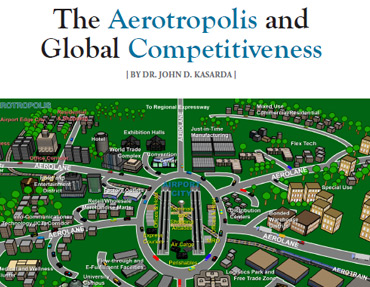
A new urban form is emerging worldwide that is shaping the competitiveness of metropolitan regions and nations. It is the aerotropolis, a city built around an airport which offers aviation-oriented firms speedy connectivity to their suppliers, customers, and enterprise partners nationally and worldwide.

John D. Kasarda is co-author of the new book Aerotropolis, an astonishing treatise on the metropolis of the future and the integral role of the airport. Kasarda argues "Look for yesterday's busiest train terminals and you will find today's great urban centers. Look for today's biggest airports and you will find the great urban centers of tomorrow." In his career he has consulted with four White House administrations and advised companies such as Boeing, FedEx and Bank of America. He is professor at the University of North Carolina's Kenan-Flagler Business School. For a rare moment when he is not in the air, Atlantis asks him about the future of the airport, the city and the implications for the Netherlands.
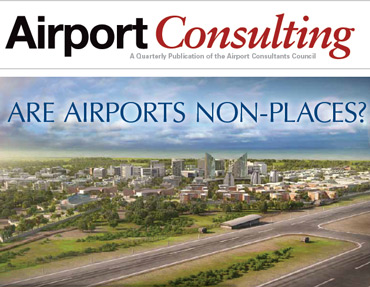
Social scientists view airports as quintessential "non-places". "Places" communicate identity, social meaning, and history while "non-places", lacking these attributes, are held to be anonymous, disorienting and off-putting.

Central America has lagged behind other regions of the world in airport city and aerotropolis development. This is about to change.
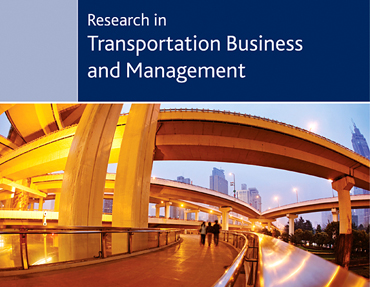
Airports are evolving from simple infrastructure providers to complex multiproduct, multiservice enterprises wherein consumption of one product cross-subsidizes the provision of others. Nowhere is this better seen than in the airport cities which are evolving around many mid and large sized airports. Rather than separate portfolio businesses which can smooth or augment airport revenue, these developments raise the prospect that airports are platforms for two-sided markets.

Cities flourished as seaports. Towns sprouted around rivers. Railroads opened the hinterlands, and highways connected suburbs. Now, the fastest-growing cities in the world are airport cities. Beijing and Dubai and Brisbane have already started listening to a UNC business professor named Jack Kasarda, who says that our nation's future is up in the air.
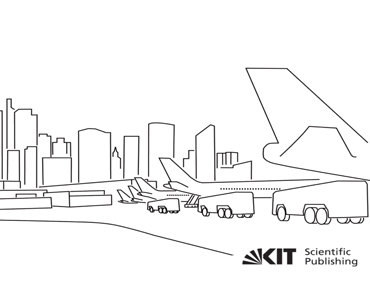
We maintain that the economic benefit of aviation is incorrectly measured; the net gains from aviation-enabled trade are the proper measure. These benefits are more easily visible in selected non-core urban regions than in the largest world cities.
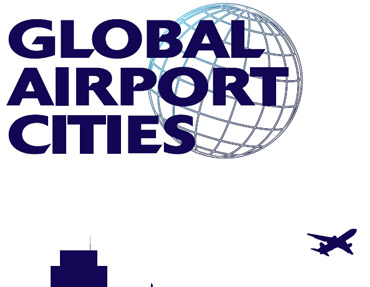
The first three chapters from the Global Airport Cities book are provided. These chapters include (1) The Way Forward, (2) Strategically Managing Airport Cities, and (3) Airport City Pioneers. Key components of airport cities and aerotropolises are described as well as strategic management issues.

Once a place strictly for airplanes to take off and land, the modern airport has become something much more significant for any company, or region contemplating its economic future.
Time Magazine, 2011
John D. Kasarda
John D. Kasarda
John D. Kasarda
John D. Kasarda
John D. Kasarda
John D. Kasarda
John D. Kasarda
John D. Kasarda